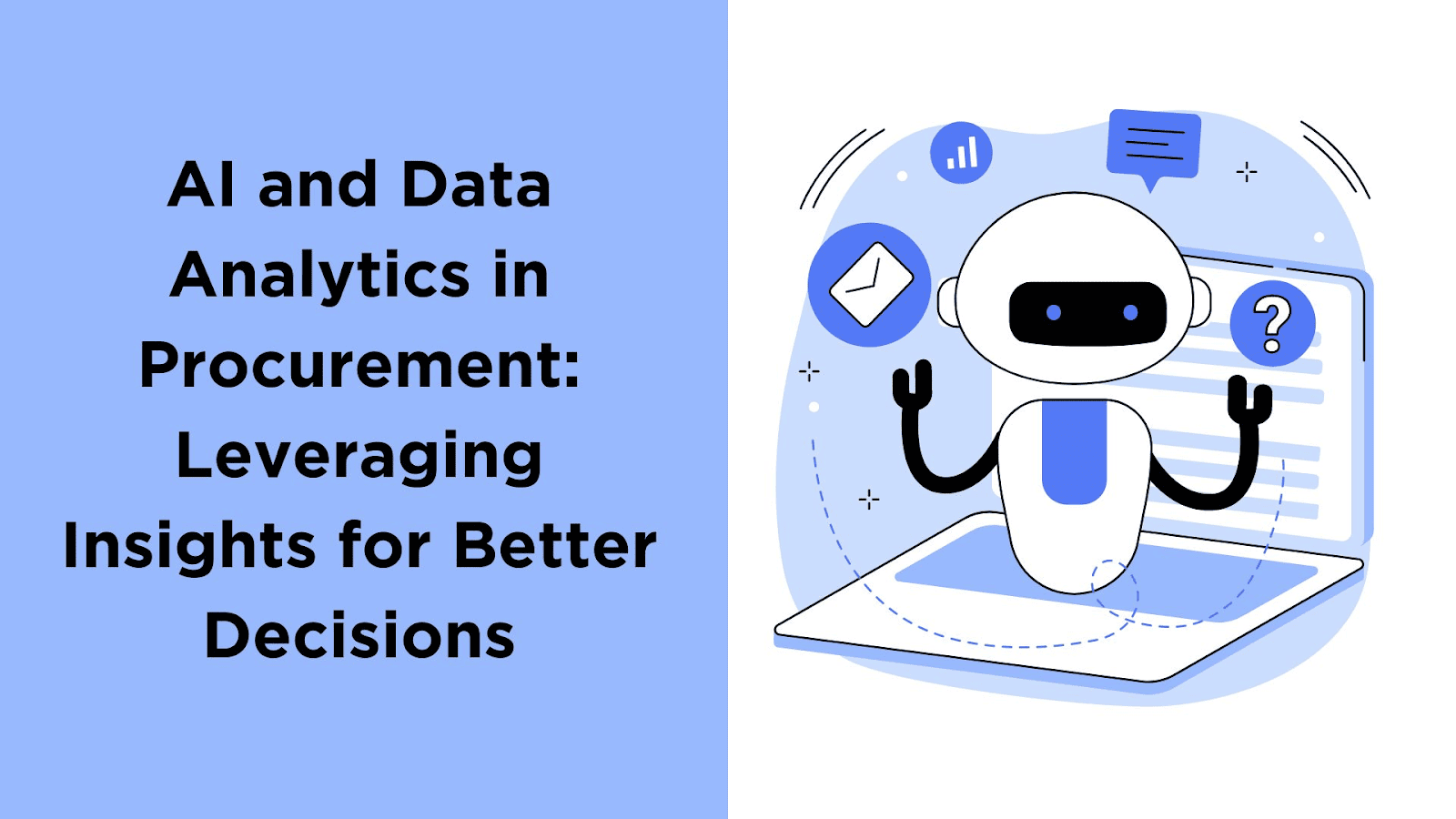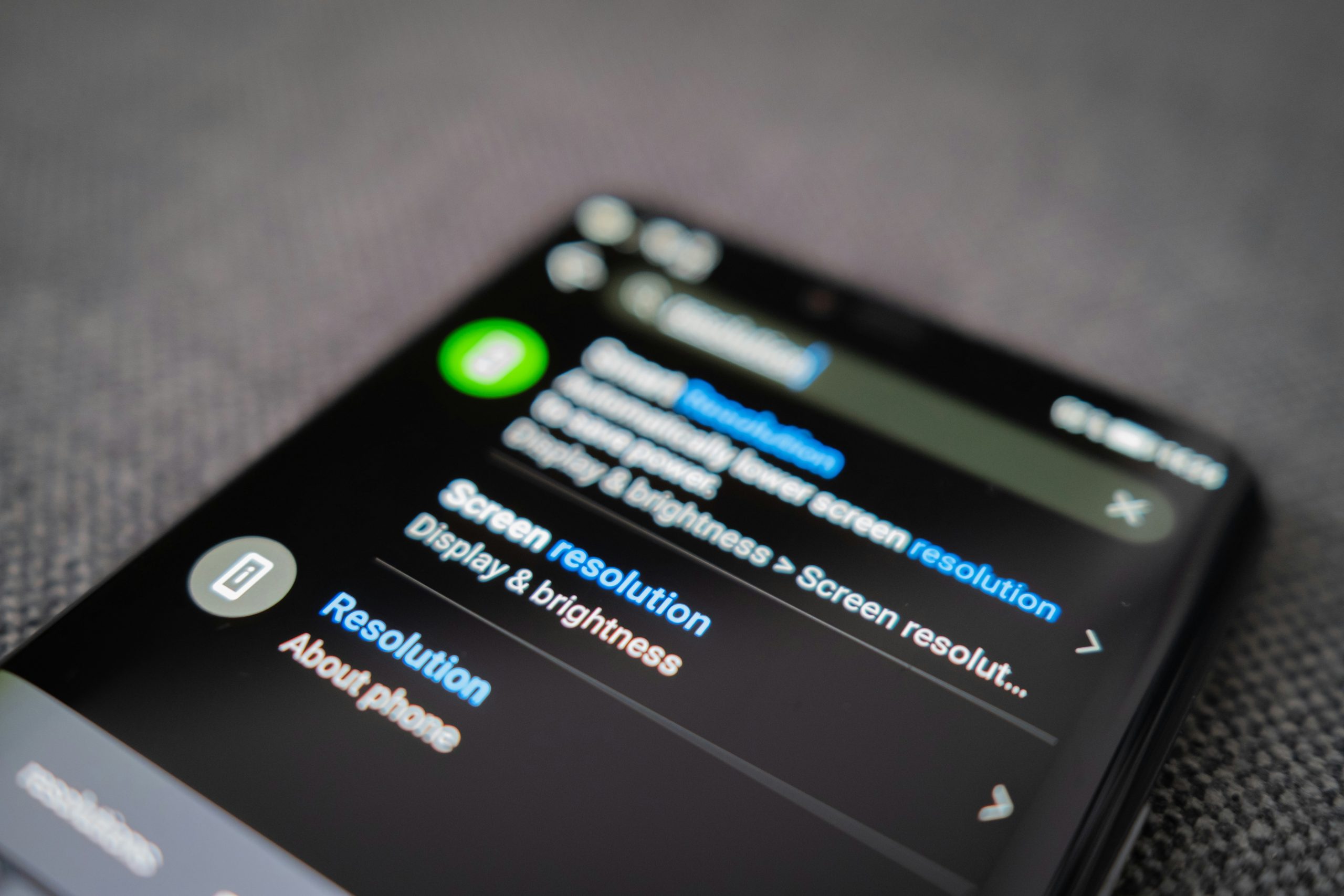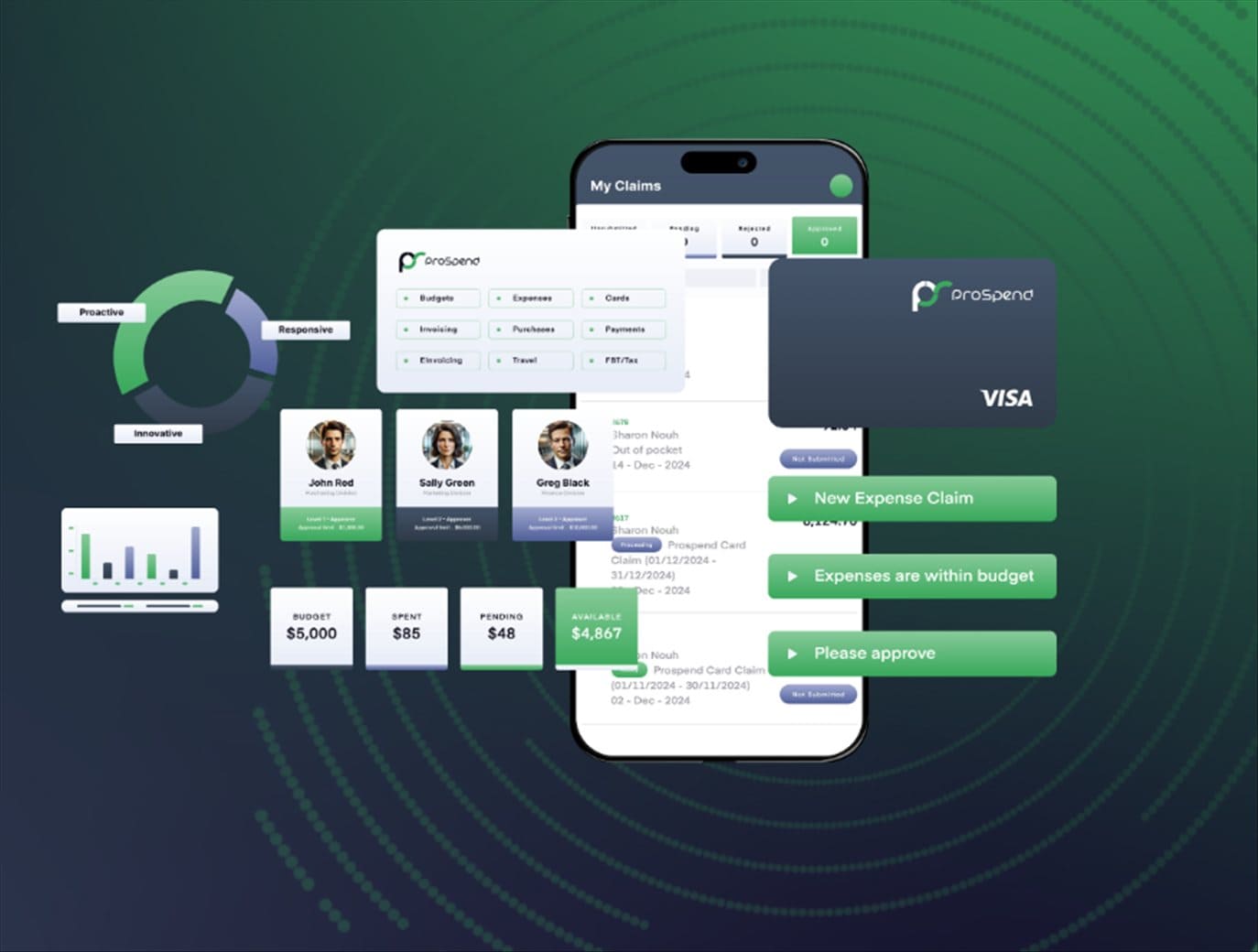
Note: This is a guest post written by Dan Martin – The procurement landscape is rapidly evolving in the age of AI and data science. With rising competition and complex market dynamics, procurement teams are under immense pressure to make informed, data-driven decisions. AI and advanced analytics provide the key to unlocking actionable insights from vast volumes of data. This evolution is imperative for businesses seeking a competitive edge.
The Pressing Need for AI and Data Science in Procurement
Back in the day, getting stuff for a business was done manually, finding suppliers, managing contracts, and checking out suppliers. But now, things are way more complicated. The old ways just can’t keep up with how fast things change in today’s markets.
The procurement landscape is rapidly evolving in the age of AI and data science. With rising competition and complex market dynamics, procurement teams in both public and private sector organizations like Government Procurement are under immense pressure to make informed, data-driven decisions. AI and advanced analytics provide the key to unlocking actionable insights from vast volumes of data. This evolution is imperative for businesses seeking a competitive edge.
Data-driven technologies like AI, machine learning, and advanced analytics bridge this gap through process automation and intelligence generation. According to Deloitte, 97% of procurement leaders believe AI will substantially transform procurement in the next 5 years.
The most significant applications of AI in procurement include:
- Automating repetitive, low-value tasks like purchase order creation and invoice processing. This frees up stakeholder time for strategic decision-making.
- Enhanced spend analysis and cost benchmarking using self-learning algorithms. This provides granular visibility into spend leakage.
- Data-driven supplier selection and relationship management powered by performance analytics dashboards. This reduces partnership risk.
- Inventory and demand forecasting with predictive analytics. This balances costs and service levels.
With AI and advanced analytics, the people who manage getting stuff for a business can now spend more time on important stuff like making smart deals, helping suppliers grow, and giving advice on rules. This means big achievement in value and getting things done.
McKinsey, the smart folks, say that when businesses use AI in getting stuff, they cut down on random spending by 30% and make sure everyone follows the rules 20-40% more. The money saved from using AI pays off the investment in just 6 to 9 months.
Converting Data into Powerful Insights
Raw data holds little value. Advanced analytics techniques like predictive modeling, simulation, heuristics, and machine learning convert this data into powerful insights that substantially enhance decision-making.
According to a McKinsey study, organizations employing data-driven procurement strategies have 9% lower procurement costs. Data science also uncovers hidden insights and trends across the source-to-pay lifecycle:
Sourcing: Identify optimum suppliers that balance cost, quality, and reliability by analyzing historical performance data.
Category Management: Classify spend into distinct categories and identify specific savings opportunities through granular analytics.
Transaction Processing: Automate and optimize PO and invoice processing with intelligent algorithms and machine learning.
Supplier Management: Continuously evaluate supplier compliance and performance through integrated analytics dashboards.
By harnessing data science, procurement teams can significantly optimize both direct and indirect expenditures. The rise of smart contracts and blockchain technology also improves supplier relationships by enabling enhanced visibility, trust, and accountability.
AI for Automated Decision Making
AI injects intelligence into procurement systems, enabling real-time automated decision-making. According to a Deloitte survey, 61% of CPOS rely on AI-based recommendations before negotiating with suppliers. The key factors of AI for automated decision-making include the following:
Natural Language Processing (NLP): Extracts key insights from contracts, emails, and reports.
Predictive Analytics: Forecasts market prices and supply-demand dynamics using historical data.
Anomaly Detection: Identifies abnormalities and risks across supplier partnerships.
Chatbots: Automates procurement support and augments human capabilities.
As AI automation maturity increases, procurement organizations will become increasingly data-driven and insights-led.
Laying the Analytical Foundation for Strategic Decisions
Data analytics is like the secret sauce for knowing stuff like how well suppliers are doing, how much things cost, and what the market might do. We look at past info to figure out what might happen next. With super smart data skills, the advanced capabilities in procurement can figure out things like:
- Which suppliers have the best delivery performance?
- What is the optimal inventory level to balance costs and risks?
- How will currency rate fluctuations impact budget forecasts?
Data science takes all the data we have and predicts what’s coming up next. Statistical methods like regression, clustering, and Bayesian modeling help us see how money is spent and make smart choices. As more businesses get better at this data stuff, procurement will depend more on data to make decisions than just going with one’s intuition. It’s like using numbers to be the best at what we do!
AI and Machine Learning for a Competitive Edge
From spotting fraud to choosing suppliers, AI and machine learning are procurement game-changers:
Fraud Detection: AI tools analyze patterns and detect anomalies to flag suspicious transactions. This minimizes fraud-related losses.
Market Intelligence: AI derives insights from news, financial data, and market conditions to predict commodity prices and supply risks.
Supplier Recommendations: Based on historical performance data, ML algorithms suggest the most reliable suppliers for procurement teams.
According to McKinsey, machine learning can reduce supply risk by up to 50% and slash procurement expenditures by 5-10%. As AI adoption surges, data and analytical models will drive every decision.
Preparing for the Future with AI and Blockchain
Emerging technologies like artificial intelligence, blockchain, the Internet of Things (IoT), and Robotic Process Automation (RPA) will shape and transform the future of procurement.
Predictive Maintenance: IoT sensors will enable predictive maintenance of production equipment by providing real-time performance data. AI will analyze this data to predict failures before they occur, minimizing downtime.
Secure Transactions: Blockchain establishes trust, transparency, and traceability across supply chain transactions. Smart contracts automate payment processing upon delivery and inspection.
Continuous Optimization: As procurement systems ingest more data, machine learning algorithms continuously fine-tune predictions and recommendations to boost procurement performance. This facilitates continuous improvement.
Touchless Processing: RPA bots will automate repetitive manual tasks like PO creation, invoice verification, and budget tracking to enable straight-through processing. Humans will focus purely on value-adding exceptions.
Technology and data are transforming procurement from a tactical transactional function into a strategic profit center. Procurement leaders must proactively embrace this change to deliver value under uncertainty and complexity.
Key Takeaways
- AI and data science provide the building blocks for data-driven decision-making in procurement.
- Advanced analytics convert raw data into actionable insights that optimize costs, suppliers, and processes.
- AI applies intelligence to streamline repetitive tasks and enable real-time automated decision-making.
- Data analytics establishes the foundation for sound strategic decisions aligned with business objectives.
- Machine learning and predictive modeling transform procurement into a profit center rather than a cost center.
Frequently Asked Questions
How is AI transforming the traditional procurement process?
AI is automating repetitive and routine tasks like purchase order creation and invoice processing. It also enables real-time data analysis to provide valuable insights that enhance data-driven decision-making in key areas like supplier selection, demand forecasting, and inventory optimization.
What role does machine learning play in supplier selection and contract management?
Machine learning analyzes large volumes of structured and unstructured historical data to identify patterns not discernible to humans. This provides insights into the most reliable suppliers based on past performance. Machine learning also aids in contract optimization by recommending clauses and terms based on similarities with existing contracts.
How is blockchain technology influencing the procurement process?
Blockchain establishes trust and transparency between procurement organizations and suppliers through its immutable and decentralized ledger. It provides end-to-end traceability across transactions. Smart contracts enabled by blockchain also automate payments and enforce contract terms upon delivery, significantly reducing settlement times.
Conclusion
The future of making sure a business gets what it needs involves tech like AI, advanced numbers-crunching, and blockchain. These technologies turn data into smart ideas that make things faster, smoother, and tougher. If a procurement team doesn’t jump on this tech train, they might fall behind in the race. It’s all about using these smart tools to stay ahead and be on top of the game. The era of smart-tech procurement is here and it’s time to be a part of it.






